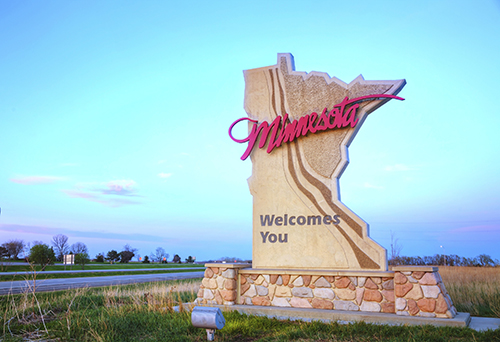
Those were among the observations from Marin Bozic and Jordan Clark, both with the Department of Applied Economics at the University of Minnesota. In their paper, Situation in the Dairy Processing Sector in Minnesota, they researched potential remedies to grow Minnesota's dairy industry.
Among its upper Midwest neighbors, the Gopher State's milk production hasn't kept pace. From 1992 to 2014, milk flow fell from 9.85 to 9.13 billion pounds, a 7.4 percent drop. Meanwhile, border neighbors grew significantly: Wisconsin, 16 percent; Iowa, 16.5 percent; and South Dakota, 27 percent. That doesn't include the fastest growing upper Midwest state, Michigan, up 77 percent since 1992.
Bozic and Clark conclude it isn't the stagnant growth that has hampered Minnesota's position but inadequate processing capacity. More specifically, capacity was lost for Minnesota dairy producers as neighboring states began filling their own milk plants with "homegrown milk." In fact, only 7.5 percent of Minnesota's milk was processed outside its borders in 2015. That is half the total of 16.2 percent just five years earlier.
Then there is the situation of misaligned processing capacity. Even though cheese sales continue to boom to new records each year, in-state plants have been running at 96 percent of capacity. That means there is little room for extra Minnesota milk. On the flip side, all other plants not processing cheese have been running at 65 percent capacity . . . meaning that each of these plants are idle 35 percent of the year or 2.5 days each week.
To rejuvenate Minnesota's dairy sector, the economists believe that the best way forward would be stimulating investments for additional cheese processing and boosting internal demand for fluid and soft products from local processors. Until that happens, the need for additional milk from Minnesota farms is the least of the state's dairy-related problems.
(c) Hoard's Dairyman Intel 2016
January 18, 2016








